Oats
All Oats Content
South Dakota State University Northeast Research Farm to host Field Day on July 13
June 21, 2023
The South Dakota State University Northeast Research Farm Field Day will be held on July 13 at 4 p.m. and will run until dusk.
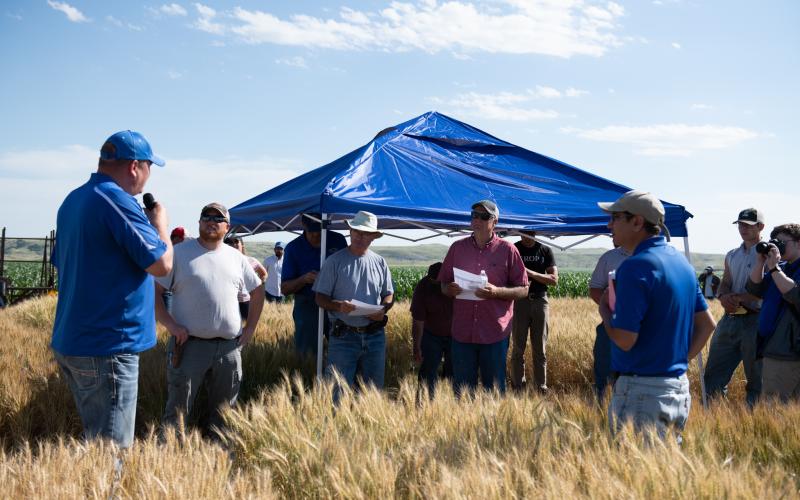
South Dakota State University’s Dakota Lakes Research Farm hosts Field Day on June 29
June 16, 2023
South Dakota State University’s Dakota Lakes Research Farm (DLRF) will host its annual field day on June 29, 2023. The field day will begin at 3:00 PM (CST) and run until dark.
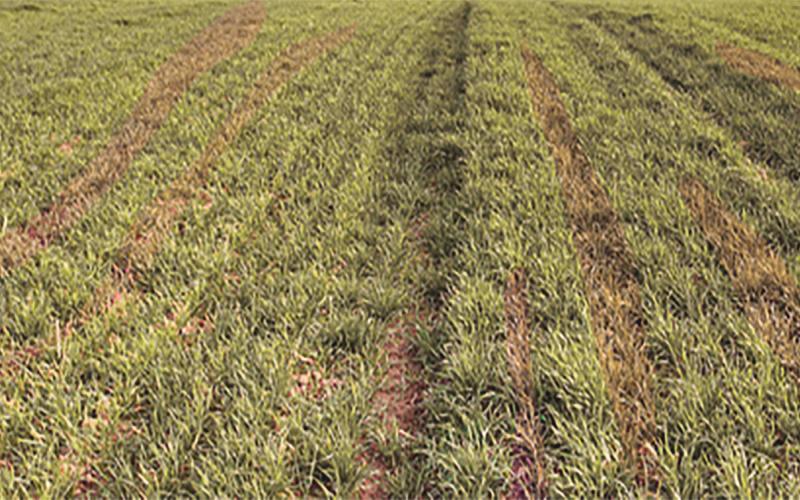
Salvaging Drought-Stressed Small Grains
South Dakota producers often must consider whether to abandon plans to harvest small grain as a cash crop and pivot to harvesting as forage. Learn some factors to keep in mind when evaluating salvage options.
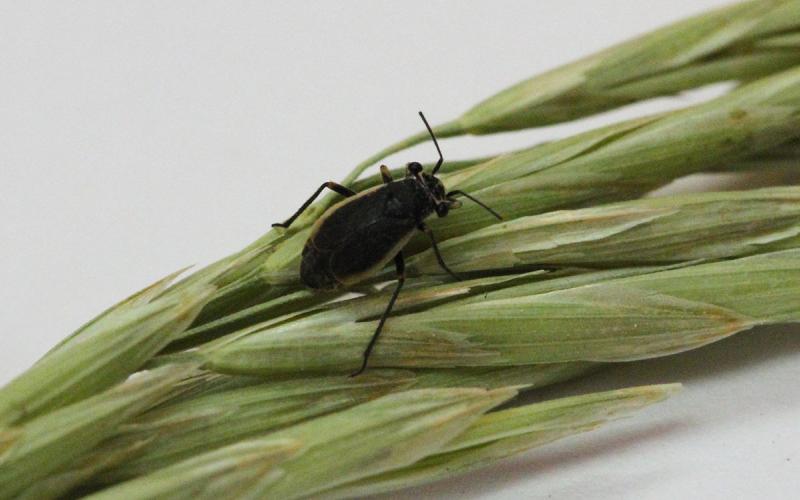
Time to Start Scouting for Black Grass Bugs
In central and western South Dakota, black grass bugs are a common spring forage pest that can cause considerable damage during periods of drought. Learn how to monitor and manage this pest to protect your forages this spring.
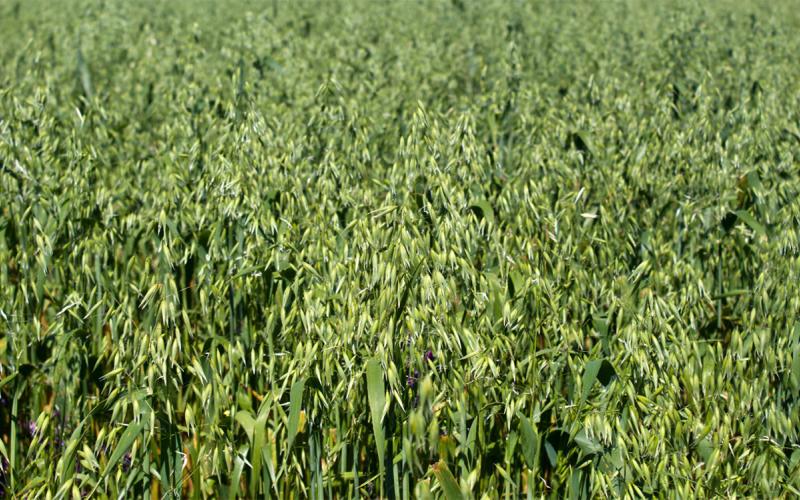
Effects of Plant Growth Regulator in Oats
Plant growth regulators are human-applied chemicals that manipulate the hormone functions in plants. Learn how they can be used in oats to help reduce lodging and prevent yield loss.
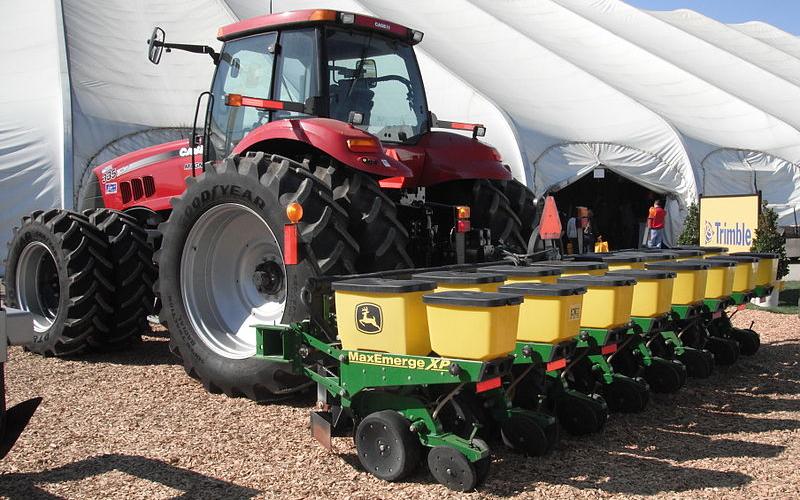
Why Precision Agriculture?
When precision agriculture comes into a conversation a few questions arise. Three of those questions might be: What is precision agriculture? How does precision agriculture make our farm more profitable? What do I do with all this data?
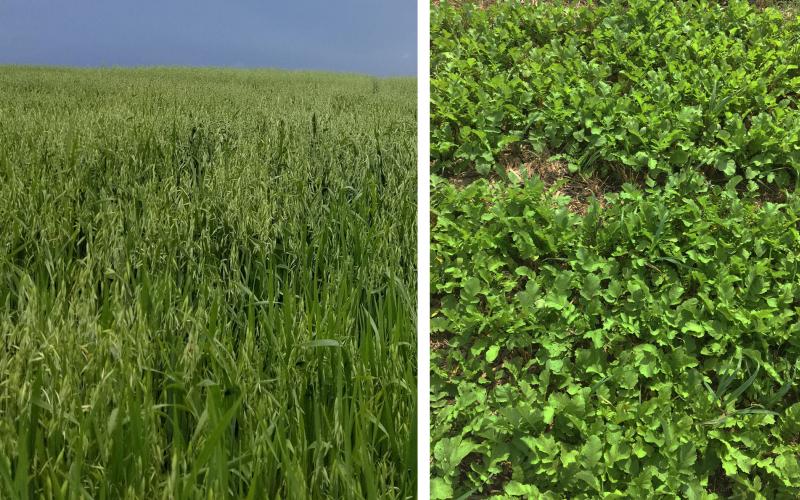
Herbicide Interactions With Cover Crops After Oats
After oats have been harvested, options exist to keep a living root in the soil. This can be done through growing cover crops. In 2018 an on-farm trial was preformed near Salem, South Dakota to observe how cover crops grown after oats would germinate after common herbicides had been applied.
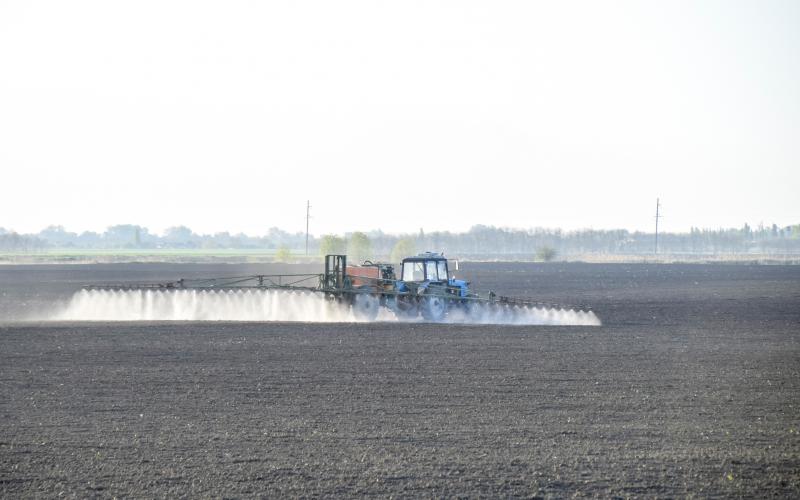
Herbicide Rotation Restrictions
This is a quick reference guide to common herbicides and their rotation restrictions for selected crops.
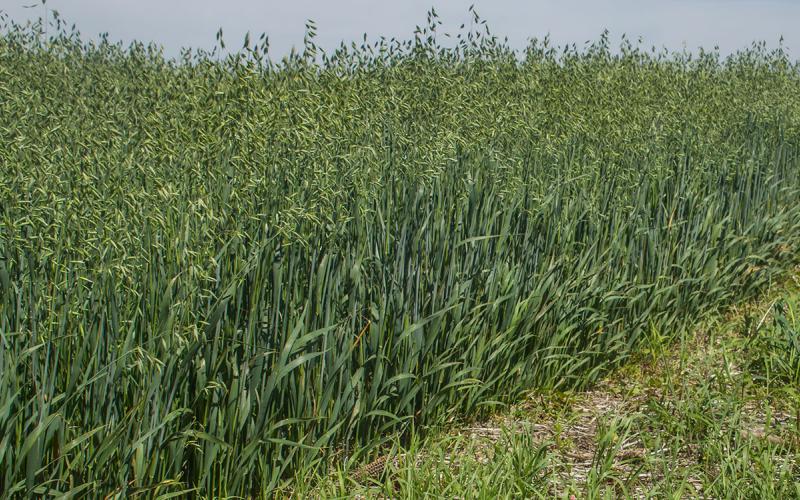
Planting Considerations for Oats in South Dakota
South Dakota is a leading oat producer in the United States. Learn some important oat planting tips, including timing, variety selection, seeding rate and fertilizer management.
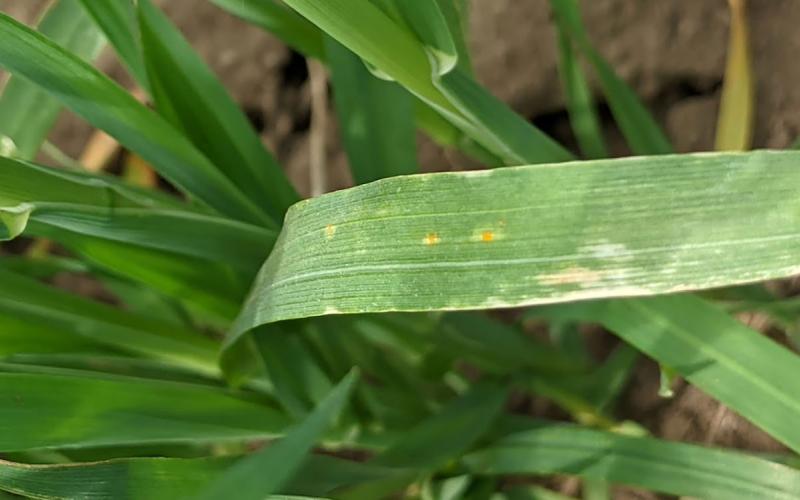
Crown Rust of Oats
Fact sheet on Crown Rust of Oats for agronomist and growers.